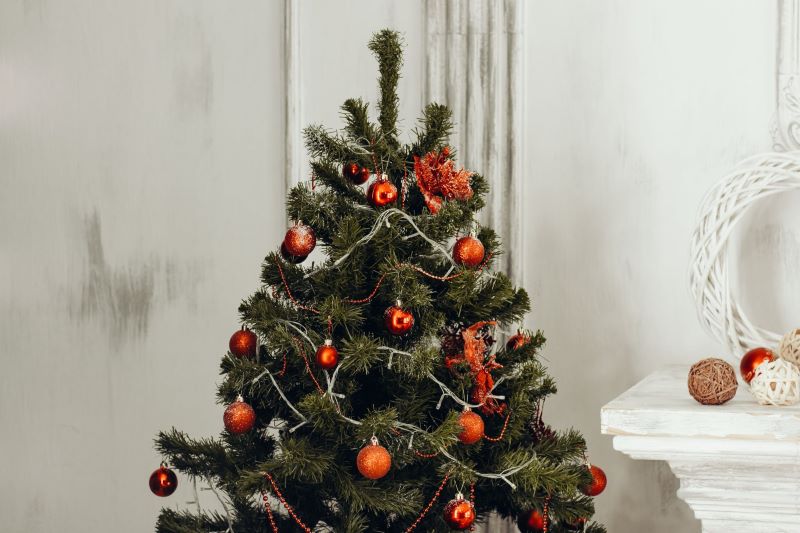The Surprising Roots of Christmas Gift Giving
Christmas is without a doubt, one of the most celebrated holidays around the world, stemming from the Christian tradition. However, the history of how the festivities began and evolved into the modern-day traditions we observe is shrouded in mystery. In this article, we shall explore the hidden origins of Christmas traditions and delve into the stories behind our much-loved customs.
The first recorded celebration of Christmas dates back to the year 336 AD. It was celebrated on December 25th and recognized as the birth of Jesus Christ. The date coincided with the Roman Pagan festival known as Saturnalia, where the Romans honored the God of agriculture, Saturn. During the festival, the Romans would decorate their homes with evergreen plants, gift one another, and light candles. Over time, the Christmas festivities incorporated elements of the pagan traditions.
Another ancient holiday that played a significant role in the evolution of Christmas traditions is the festival of Yule. The festival was celebrated by Germanic tribes in northern Europe, and it marks the winter solstice. The festival was ten days long, and during this time, people would feast, exchange gifts, and light fires. Yule logs were also burned, which signified the return of light and warmth during the winter season. The Christian missionaries’ efforts to convert the Germanic tribes inevitably resulted in the incorporation of Yule traditions into the modern-day Christmas celebration.
Exploring the Unique Traditions of Christmas Around the World
The singing of carols is also a popular Christmas tradition, but do you know where it originated? The lyrics and tunes of Christmas songs have evolved over time, but what remains consistent is the message of joy and goodwill. In the 13th century, St. Francis of Assisi introduced the idea of caroling during the Christmas season as a way of teaching people the story of Christ’s birth. It’s said that the first carol sung was by St. Francis himself, and it was written in the Italian language.
Christmas trees have become a ubiquitous symbol of the Yuletide season, and numerous legends offer an explanation for their origin. One of the most popular accounts is attributed to Martin Luther, a German monk, and the founder of the Protestant church. According to the story, while walking home one winter evening, Martin Luther was struck by the beauty of the stars shining through the tree branches. He was so moved by the sight that he went home and set up a small evergreen tree in his house, which he decorated with candles. The tradition quickly caught on and evolved into the modern-day Christmas tree.
The tradition of hanging stockings may sound like a relatively modern custom, but it actually dates back to the third century. The story goes that a Christian bishop named St. Nicholas heard of a poor man who couldn’t afford to give his daughters a dowry to get married. The kind-hearted bishop visited the man and left three bags of gold coins in stockings that were hung by the fireplace to dry. Over time, the tradition of hanging stockings by the fireplace evolved, and children were told that Santa Claus would fill them with gifts if they were good.
In conclusion, Christmas traditions are not just fun-filled practices, but they carry historical and cultural significance. They offer a glimpse into the rich heritage and beliefs of different cultures that have come together to create the modern-day holiday. Whether it’s singing carols, decorating trees, or hanging stockings, these customs have been passed down from generation to generation, and they continue to bring joy and warmth to the festivity of Christmas.

